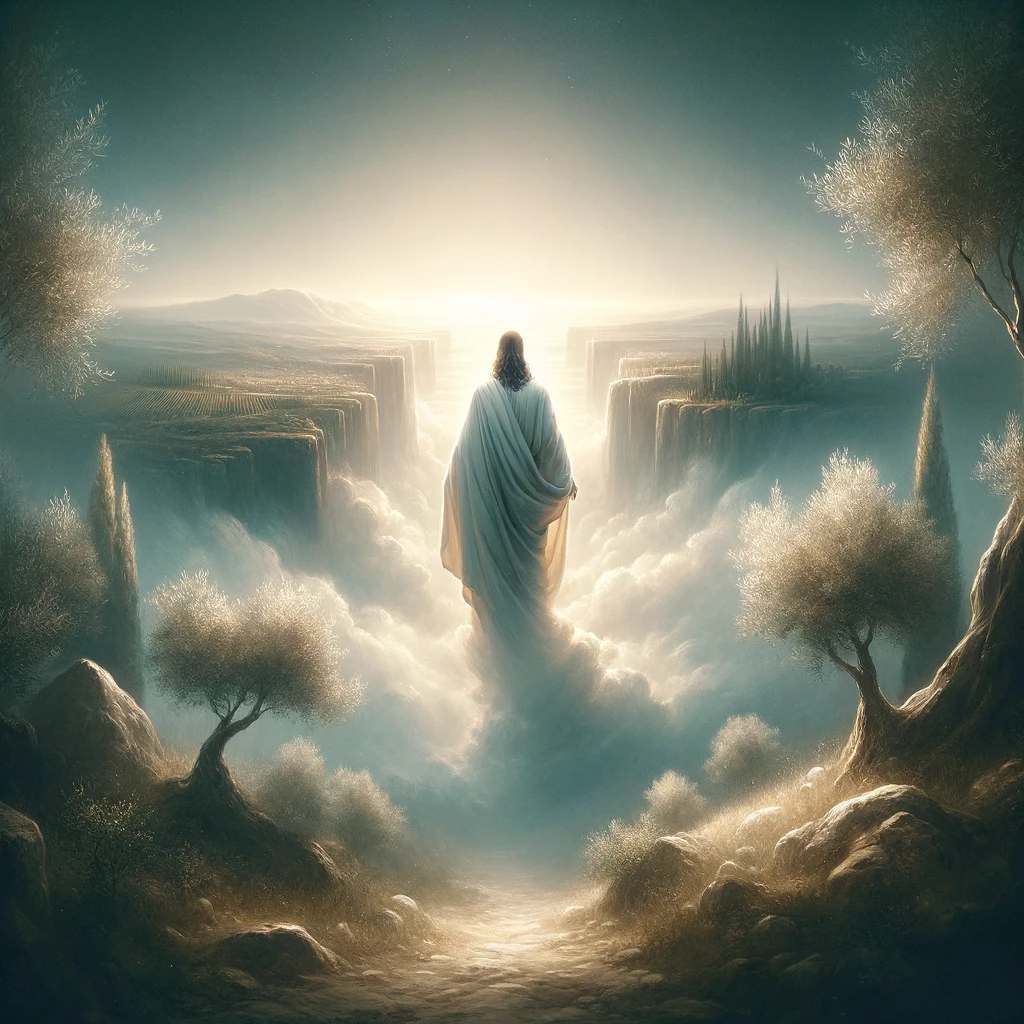-
•
•
9 responses
As the Sunday School president at the time (December 2021), I told the teachers in advance that I wanted them to do two things. First, I wanted them to teach the doctrine. Second, I wanted them to teach it so that whoever their students were and whatever their situation, they would feel welcome and accepted. Then as the teacher of a youth Sunday School class, this is what I said. Read More
-
•
•
4 responses
There are a few high-profile apocalyptic prophecies in Latter-day Saint history that have pretty shaky provenances. Perhaps foremost among them is the White Horse Prophecy. This complicated document was recently discussed at the Latter-day Saint history blog From the Desk. What follows here is a co-post to the full discussion. Read More
-
•
•
23 responses
I got M and J’s permission to share this on the blog and M read it before I published it though she made me take out the best line. :( “So are they pretty straight arrows, all good with them?” SP2 asked me when he called a little less than a year before my release to get some info on the J&M who he was thinking of asking to perform a musical number at the adult session of stake conference. He’d called to ask about their musical aptitude, but included the above question as well. To me J&M, a late… Read More
-
•
•
16 responses

Stephen Cranney and Josh Coates This is one of a series of posts discussing results from a recent survey of current and former Latter-day Saints conducted by the BH Roberts Foundation. The technical details are in the full methodology report here. The people who do believe that Joseph Smith did not practice polygamy fall into two camps. The first is those who simply do not know. Presumably because the practice wasn’t public until Brigham Young’s day, and because the Nauvoo practice is much more sparsely documented, Brigham Young, and not Joseph Smith, became the icon of polygamy. Although people more… Read More
-
•
•
26 responses
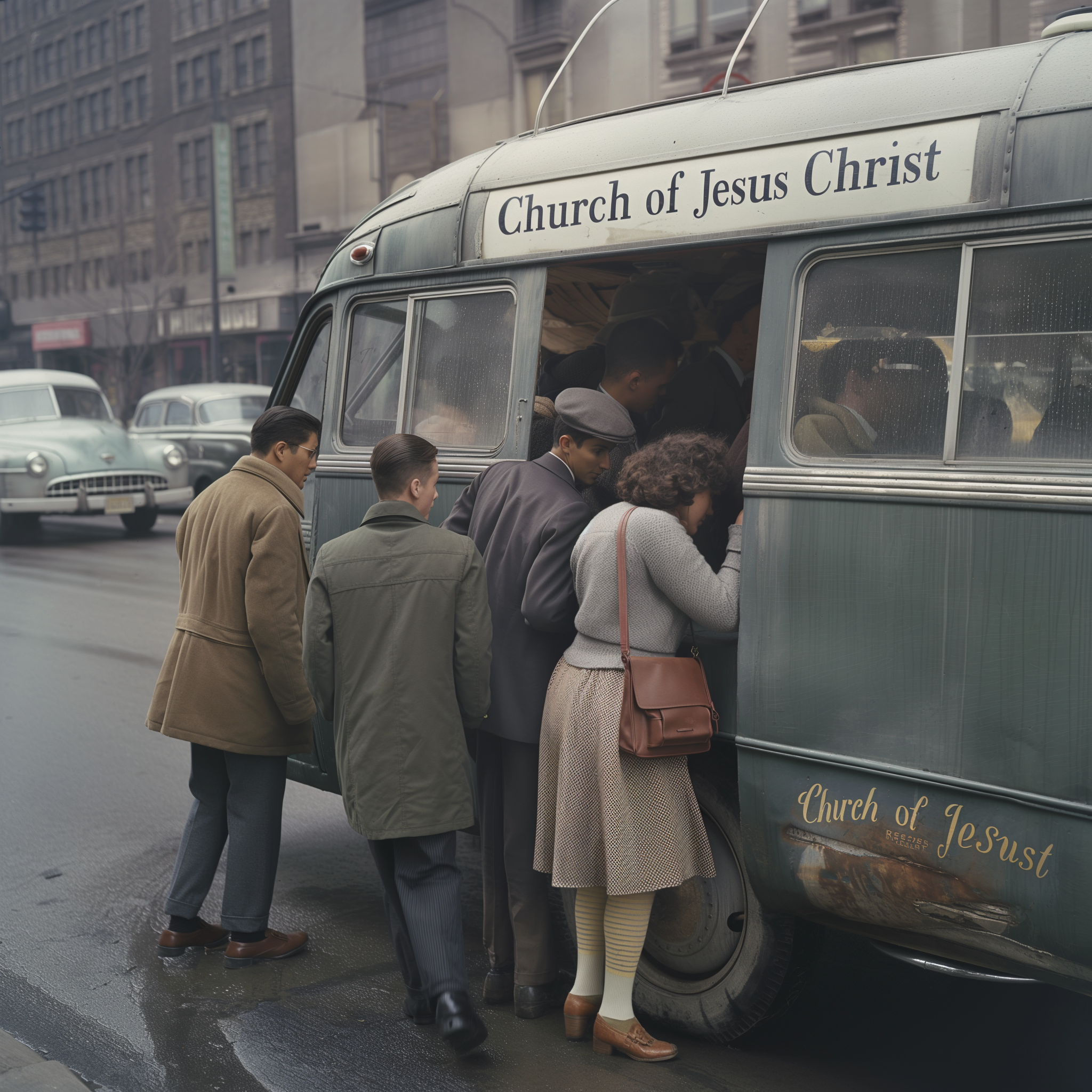
Yes, I know, the “Jesus” in the bottom-right hand corner has a t, at the end, but still, it’s almost there. I typically like to avoid making too many posts that take the form of “what I think the Church should do,” in part because the gospel of the almighty God, creator of heaven and earth, is so much bigger than this or that policy from North Temple Street; also, a lot of my thoughts on that topic have typically already been said by others in some place or another, sometimes more elegantly than I could have, so I don’t… Read More
-
•
•
29 responses
As I was brainstorming about starting the safe-space group that I mentioned in a previous post, it was December 2021, and I started seeing people commenting online about the upcoming final (or nearly final) lesson in gospel doctrine that would cover the two official declarations. Since those cover what are generally considered controversial topics—polygamy and Blacks and priesthood—lots of people were interested in whether their wards would cover those topics, and if so how they would approach it. So since I was thinking about how to talk about hard issues, the morning of that lesson, I pitched the idea to… Read More
-
•
•
One response
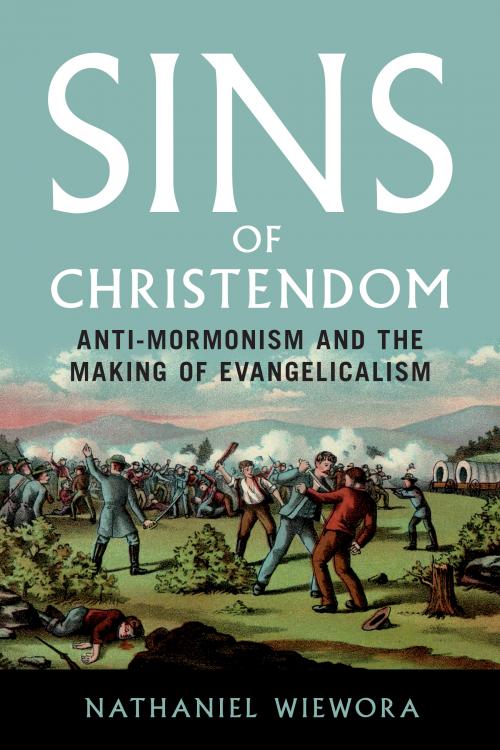
Anti-Mormon literature is always a touchy subject, but Sins of Christendom: Anti-Mormonism and the Making of Evangelicalism by Nathaniel Wiewora handles it deftly, putting it in a broader context of change and debate within Evangelical Christianity. Read More
-
•
•
15 responses
So in previous posts, I made it clear I’m unconventional and disagree with some policies. A process I would describe as coming to a testimony of an imperfect church. I’ve expressed a few disagreements, but also wanted to share some of the reasons why I believe very strongly that the church is where I should be, where I should try to help others to stay, and a good place to expend my efforts. The biggest reason is simply “because God told me so,” or spiritual experiences. As a middle-aged dude, this had been a journey and a process, and “study… Read More
-
•
•
13 responses
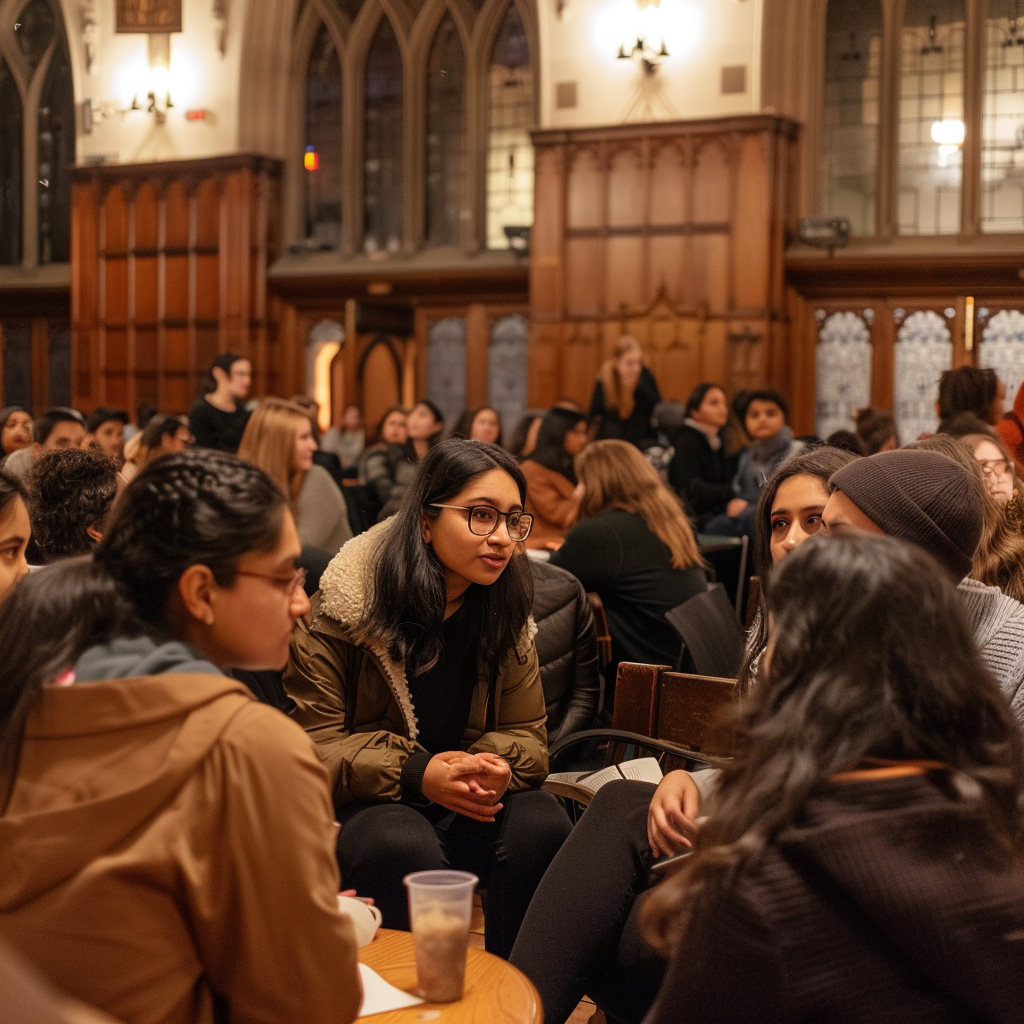
Fellow blogger Jonathan and I were talking on the back-end about Modern Language Association statistics (as one does in the bloggernacle), and he drew my attention to a dataset kept by the MLA that records the different foreign language classes taught in the US, so I ran some simple summary statistics to see where BYU ranked in terms of how many languages they offered in 2021 (see charts at the end). While I always knew that BYU was a foreign language powerhouse because of the missionary angle, I was still surprised by what I saw. BYU is not only one… Read More
-
•
•
One response
If I were to ever write a single-volume history of The Church of Jesus Christ of Latter-day Saints, I hope that it would turn out like Benjamin E. Park’s American Zion: A New History of Mormonism (Liveright, 2024). It is a very nuanced, insightful, and well-written take on Latter-day Saint history in the United States. It takes into account viewpoints from many different groups that have been a part of the Latter-day Saint movement over the years or who have split from the Church into their own faith communities. American Zion also builds upon a lot of important research that… Read More
-
•
•
53 responses
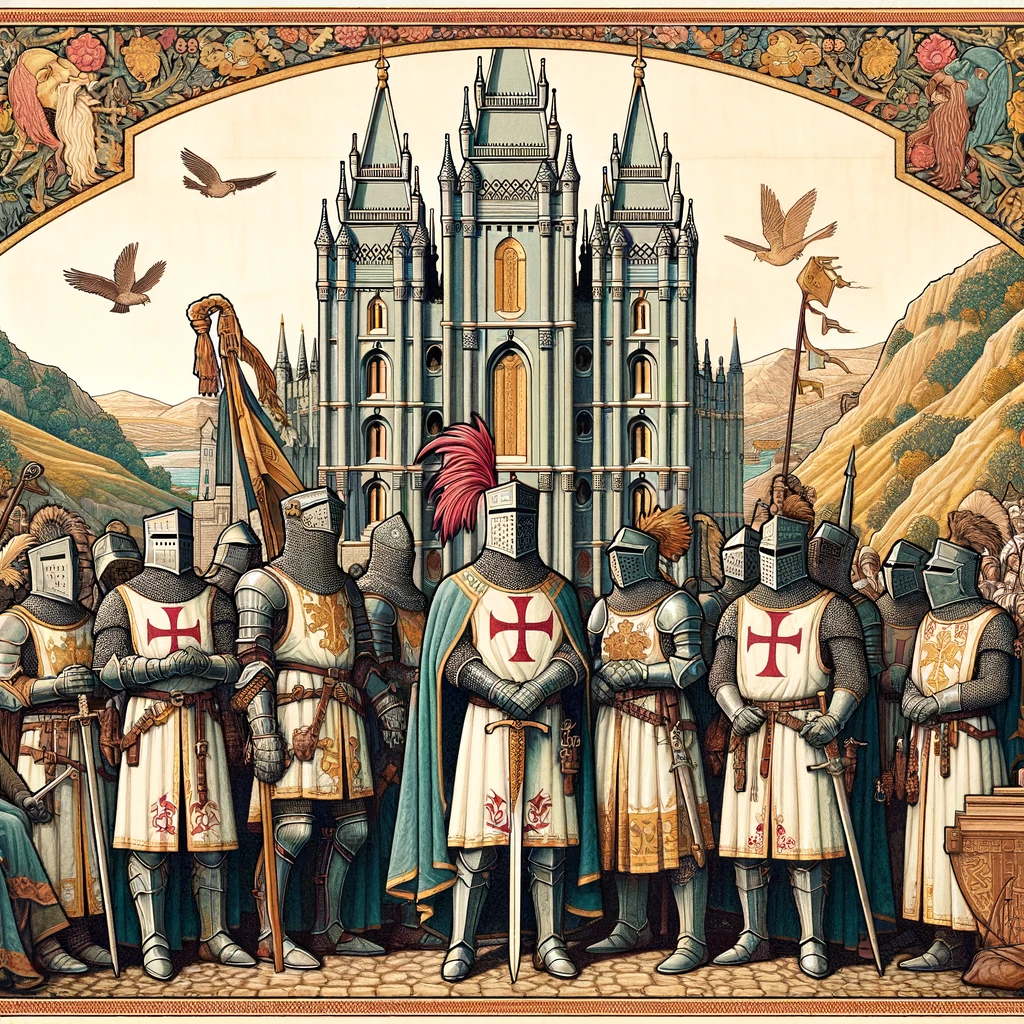
I tried to get it to show a missionary swimming in a pool of coins like Scrooge McDuck, but it wouldn’t let me produce images that it deemed to be satirical of religious beliefs. Once upon a time there was a devout, hard-working, highly efficient religious organization that started stockpiling and investing money for the glory of God. Because of their business acumen and scrupulosity, the pile grew fabulously large until… King Phillip (the French King in Braveheart) and the Pope collaborated to steal their money and had the leaders arrested, tortured, and executed. Given the title of this post,… Read More
-
•
•
32 responses
Responses to my last post reminding me of something I’ve been thinking recently: the fact that individuals can have quite different experiences with the church. The most extreme form of differences would be the extreme faith crises and a couple of examples serve to illustrate the pain these can cause. Alma 7 says Christ “will take upon him the pains and the sicknesses of his people … that he may know according to the flesh how to succor his people,” which I see as linked to the command to mourn with those that mourn. Those in faith crises are clearly… Read More
-
•
•
One often-overlooked aspect of The Church of Jesus Christ of Latter-day Saints is the interactions of the institution with the Diné (Navajo) peoples in the western United States. In a recent interview at the Latter-day Saint history blog From the Desk, Farina King (an expert in colonial and post-colonial Indigenous studies) discussed some of the fraught history of Diné Latter-day Saints. What follows here is a co-post to the full interview. Read More
-
•
•
20 responses
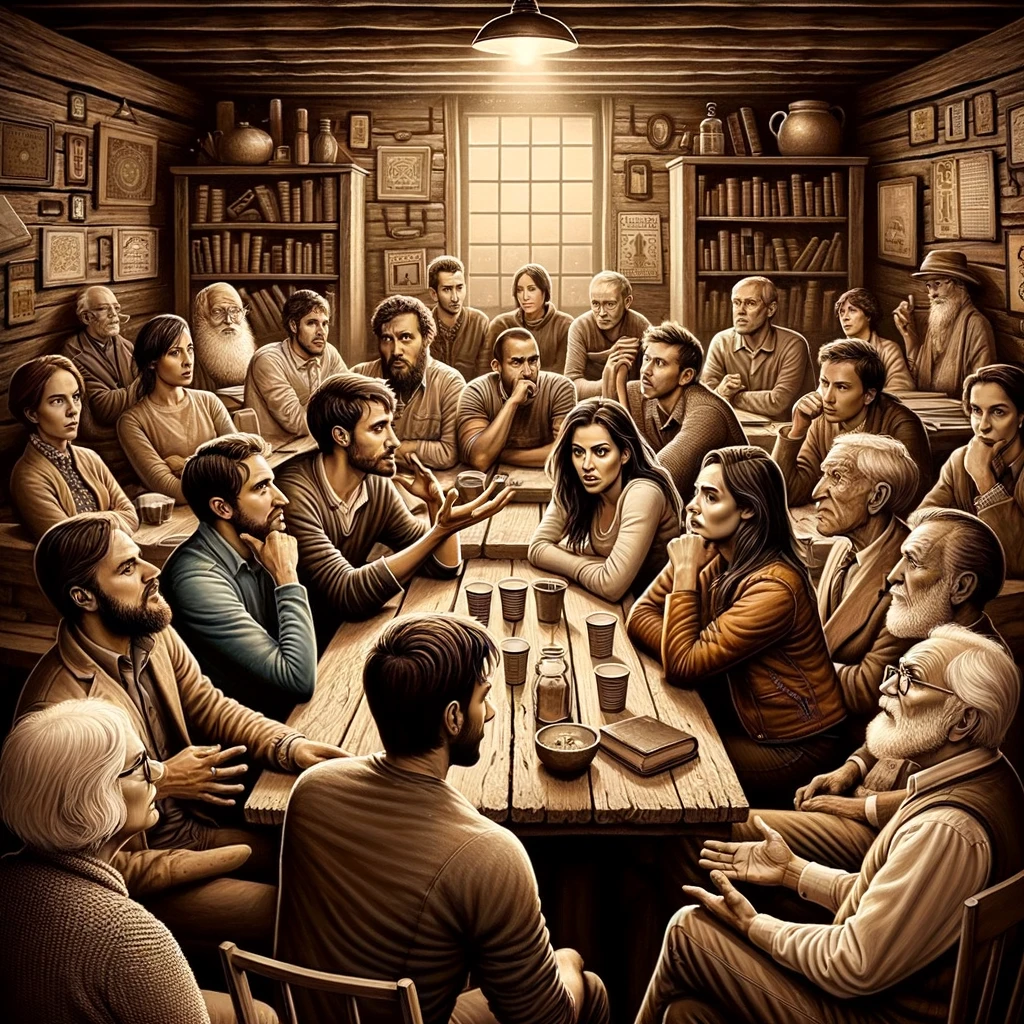
Griping about religion First of all, I don’t have a lot to gripe about when it comes to the Church or its leaders. This isn’t a holier-than-thou attitude, I’m sure that if I looked hard enough I’d find plenty with an organization as large and with as many moving pieces as the Church, just that with all the demands for my big family I’m saving my gripe energy for the elite charter school that wantonly discriminates against homeschool applicants (ahem). Plus on a local level my bishopric probably puts in 20+ hours of uncompensated work every week, largely to help… Read More
-
•
•
One response
We read in the Hebrew Bible that King Nebuchadnezzar of Babylon came to Jerusalem and “carried off all the treasures of the house of the Lord and the treasures of the king’s house” (2 Kings 24:13). The question of what happened to those treasures afterwards has been a subject of fascination ever since. In a recent interview at the Latter-day Saint history blog From the Desk, Elena Dugan discussed the Jerusalem temple treasure. What follows here is a co-post to the full interview. Read More
-
•
•
37 responses

“Was the refiner’s fire hot?” my stake president (SP2) asked me on the night he came over to give me my release a little less than a year ago. This was a bit of a surprise since it was at 4.5 years, but SP2 explained that they were reworking the boundaries. His question was in reference to the hard time he knew I’d had as bishop, and I appreciated his acknowledgement of that. Lots of reasons why and I consider an instance I’d had a couple of months before my release to be most indicative of the experience. My wife… Read More
-
•
•
9 responses
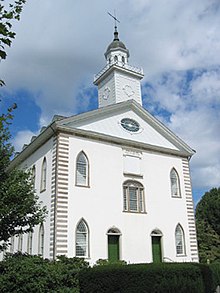
As I’m sure everybody is now aware, the Church now owns the Kirtland temple. A few drive-by-thoughts. I looked at the Community of Christ’s financials and posted about what I saw as the inevitable result of their situation (selling off additional properties, perhaps including the Kirtland temple) back in September of 2021, and that was shortly followed by a Salt Lake Tribune piece on the issue. Unbeknownst to either of us, apparently negotiations had started several months earlier in June of 2021. I questioned whether they were going to rededicate it as a functioning temple or dedicate it as a… Read More
-
•
•
19 responses
So Jonathan invited me to come do some guest posting over here, and we talked a bit about some matters related to the series I’d started over at the JI. When Jonathan invited me to share some of the material here, I had a whole lot of ideas. We’ll see where this goes, but by way of introduction to my guest posting here, I wanted to start by sharing some of my experience with having been bishop from which I was released a little less than a year ago. I got some heads up that I could be called as… Read More
-
•
•
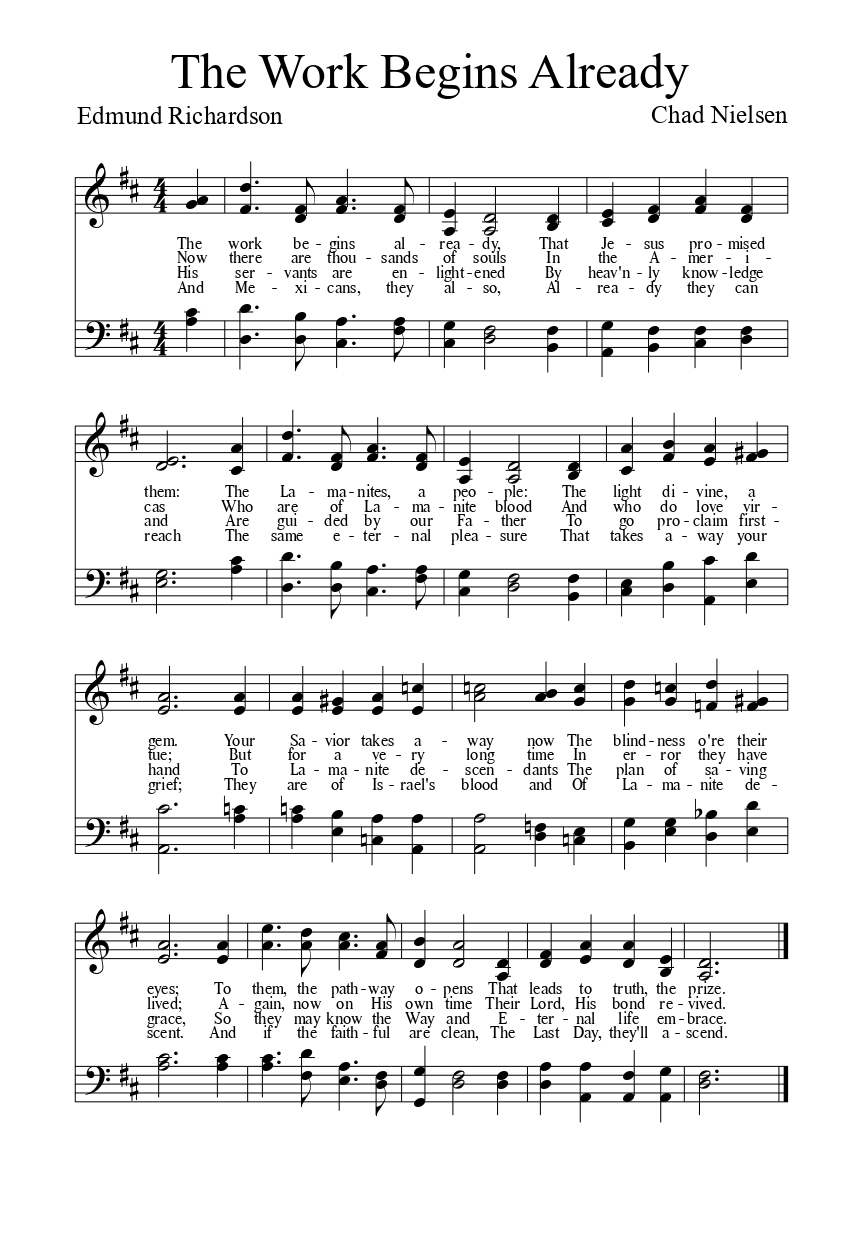
“La Obra Ya Empieza” was one of the original hymns included in the 1907 Himnario Mormón (the first Spanish-language hymnbook in the Church). Written by the prolific hymn-writing colonist Edmund Richardson, it was originally a text with no tune specified for singing. In the 1940s red hymnbook, it appeared with an unidentified tune for the first time. When the current hymnbook came out in 1992, this hymn was not included. Read More
-
•
•
2 responses
Rappleye, Neal. “The Nahom Convergence Reexamined: The Eastward Trail, Burial of the Dead, and the Ancient Borders of Nihm.” Interpreter: A Journal of Latter-day Saint Faith and Scholarship 60 (2024): 1-86. Read More
-
•
•
9 responses
People keep asking me for proof that the irritating tics in Mormon writing I’ve mentioned actually exist. In that respect, Taylor Kerby’s post over at BCC is useful in a couple of ways. Read More
-
•
•
10 responses

The Price We Paid, by Andrew Olsen For how legendary (in both a good and bad sense) the Willy and Martin handcart companies are in our collective consciousness, it was good to read a scholarly work on the subject. Oxford Translation of the Bible Everybody should read a solid non-KJV translation (and one that doesn’t lean towards word-for-word literalism like the KJV). Passage by Faith. Exploring the Inspirational Art of James Christensen Maybe my tastes are kitschy and lowbrow, but I find James Christensen’s art to be some of the most straightforwardly inspiring out there. Gospel Principles I know we… Read More
-
•
•
One response
John A. Widtsoe was an influential apostle and theologian in the Church who came from a scientific background. In a recent interview at the Latter-day Saint history blog From the Desk, biographer Thomas G. Alexander discussed the life and contributions of this apostle-scientist. What follows here is a co-post to the full interview. Read More
-
•
•
5 responses

A Celestial Library One of the advantages of homeschooling is that you have the bandwidth to fine-tune your children’s reading and media diet on a level that would be very difficult to pull off if they were gone for half the day. I’ve read quite a bit in my day (although I’m not currently reading as much as I used to), and whenever I come across a book that I want to make sure my children read I put it on a particular “shelf” in my Goodreads account. Below is part two (of three parts) of my list of “required… Read More
-
•
•
6 responses

Depiction of an LDS temple/library combination. One of the advantages of homeschooling is that you have the bandwidth to fine-tune your children’s reading and media diet on a level that would be very difficult to pull off if they were gone for half the day. I’ve read quite a bit in my day (although I’m not currently reading as much as I used to), and whenever I come across a book that I want to make sure my children read I put it on a particular “shelf” in my Goodreads account. Below is my list of “required reading” books that… Read More
-
•
•
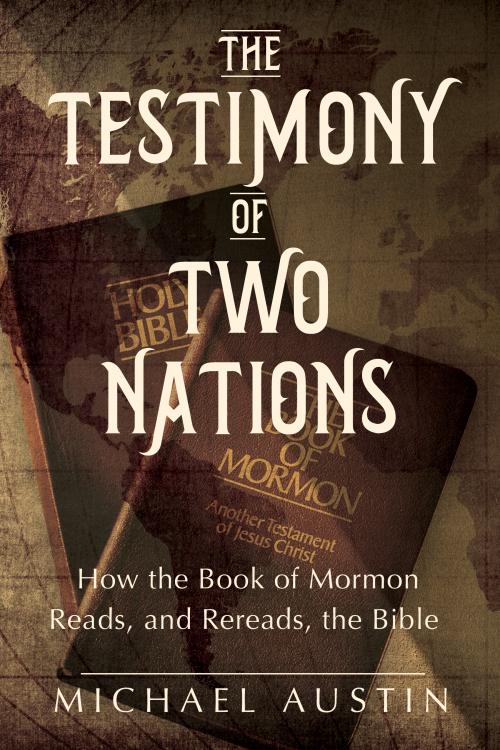
The Testimony of Two Nations: How the Book of Mormon Reads, and Rereads, the Bible by Michael Austin (University of Illinois Press, 2024) is a delightful and insightful venture into the ways in which the Book of Mormon interacts with the Bible. Read More
-
•
•
3 responses
When Moses was called by YHWH, he asked the Lord, “when I come unto the children of Israel, and shall say unto them, The God of your fathers hath sent me unto you; and they shall say to me, What is his name? what shall I say unto them?” In response, YHWH said, “I Am That I Am” (Exodus 14:13–14). This type of “I am” statement is significant and has echoes throughout the Bible. A recent interview with Joshua Matson at the Latter-day Saint history blog From the Desk highlighted the types of “I am” statements that are also found… Read More
-
•
•
6 responses
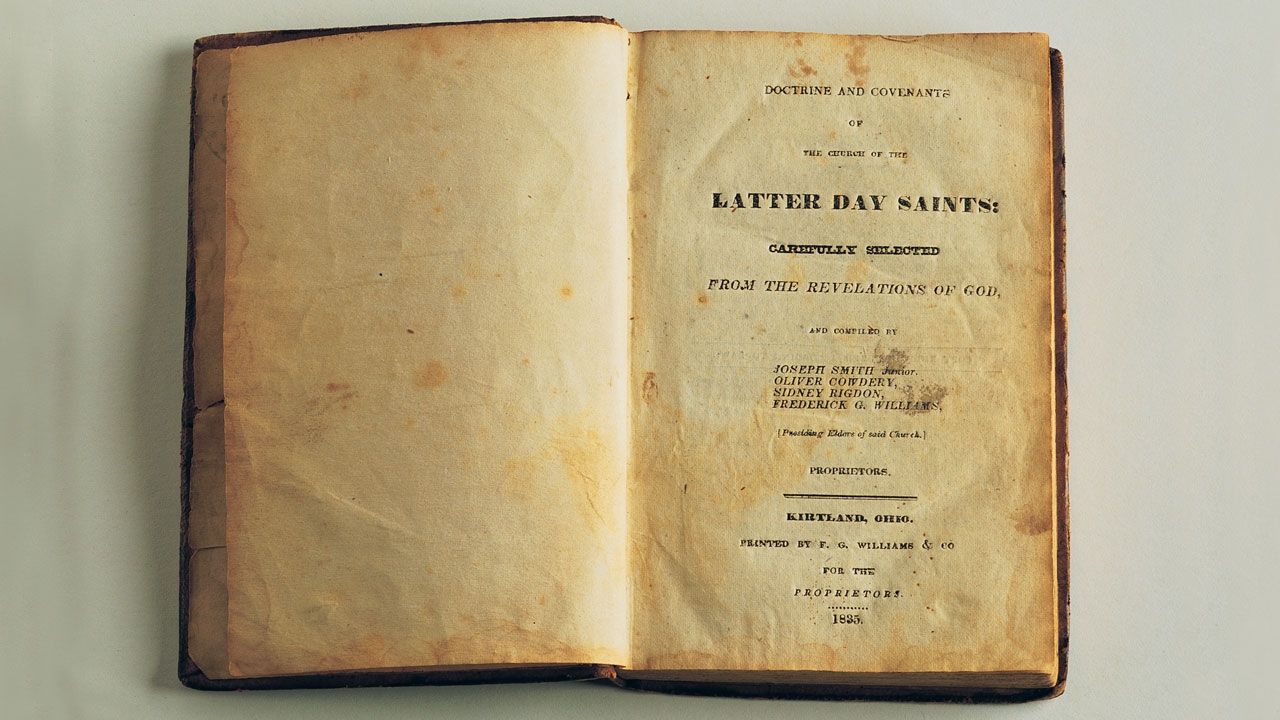
I’m excited to announce that I have a book about the Doctrine and Covenants that is scheduled to be published by By Common Consent Press this December! Read More


